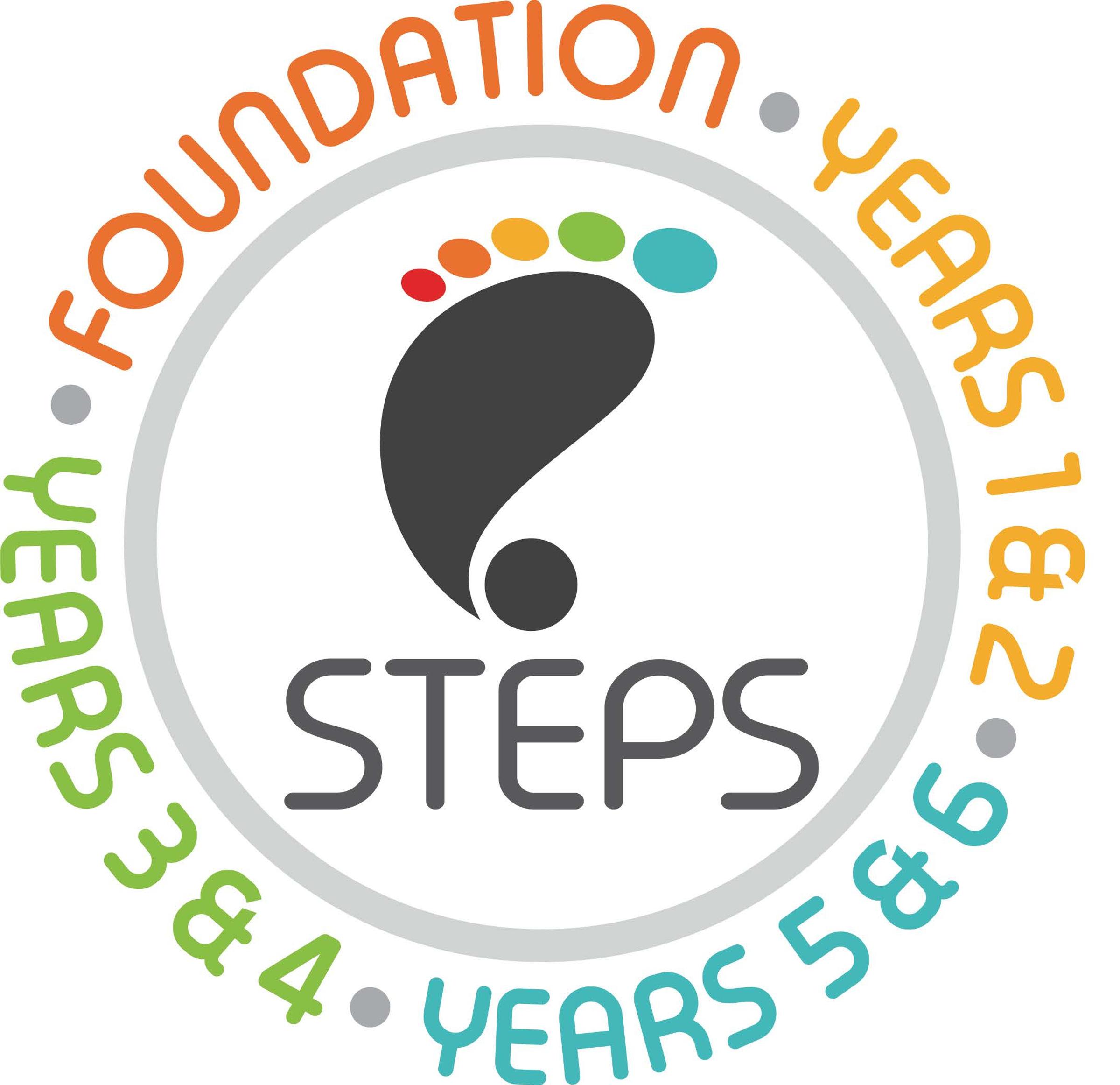BIG LIFE - Footsteps

Term 2 - Week 7 & 8
Footsteps Classroom Learning:
Students can face many situations that feel scary or stressful—but not all fear means danger. We use Karen Young’s common language of "scary safe" and "scary dangerous" to help students tell the difference in the problems they face.
- Scary Safe: These are experiences that feel uncomfortable or frightening, but are actually safe—like giving a presentation, trying a new sport, joining a new group, or being corrected respectfully. These moments help students grow and build resilience, even if they cause big emotions at first.
- Scary Dangerous: These are situations that feel scary and are unsafe—like bullying, being excluded, going out of school bounds, or when someone gets seriously hurt (like breaking a bone). These require adult intervention to protect the student and restore safety.
How parents/carers can help:
- Talk with your child about times you’ve felt nervous, stressed, or upset and identify whether the situation was scary safe or scary dangerous and what action you took next. For example - feeling scared to try something new and you used some slow deep breathing to help calm you down so you could keep going and try a new experience.
- Reassure them that it’s okay to feel scared sometimes and remind them who they can talk to at school or at home when things feel too big.
- Practice coping strategies together, like breathing, asking for help, or using positive self-talk.
- Explore Karen Young’s website that has lots of great resources on building courage and bravery https://www.heysigmund.com/
By having these conversations at home, we build a shared language of safety and support—helping students feel seen, heard, and more in control.
https://sites.google.com/education.vic.gov.au/biglifefootstepspar
Welcome to Big Life - Footsteps
We are excited to be working with A Big Life implementing their Footsteps Program across all year levels in our school. The Program has been developed and informed by evidence and in collaboration with students, teachers, and parents of our local Warrnambool & District Schools, to ensure that it meets the needs of young people in our local context. The program also aims to lean into our schools’ current strengths and the great work that is already happening. The Footsteps Program is supported by Warrnambool Student Wellbeing Association, Fletcher Jones Foundation, La Trobe University, and the Department of Education.
The Footsteps Program provides classroom lessons and teacher professional development, to support students to build the skills and capacity to navigate life’s ups and downs and safeguard their mental health. Each fortnight students participate in a new Footsteps lesson and parents can access these resources through the Parent Website. https://sites.google.com/education.vic.gov.au/biglifefootstepsparentaccess/about-footsteps
We encourage parents to extend and support this learning and conversation at home.
In the classroom we are exploring what causes us to feel different zones.
Emotions can sometimes feel like a mystery, but when children understand why they feel a certain way, they are better able to manage challenges and make positive choices.
At school, we use the Zones of Regulation to help students recognize their emotions and what causes them. By identifying what triggers different emotions—like frustration when a task is difficult (Yellow Zone) or ‘optimistic’/’eager’ when something fun is planned (Green Zone)—students can understand their reactions and feel more in control.
Knowing the cause of their emotions also helps children communicate their feelings more clearly. If they realize they’re feeling tired and unfocused (Blue Zone), they can express that they need a break. If they recognize they are overwhelmed (Red Zone), they can begin to step back rather than react impulsively.
By developing this self-awareness, students build confidence in managing their emotions, strengthening relationships, and staying engaged in learning.
